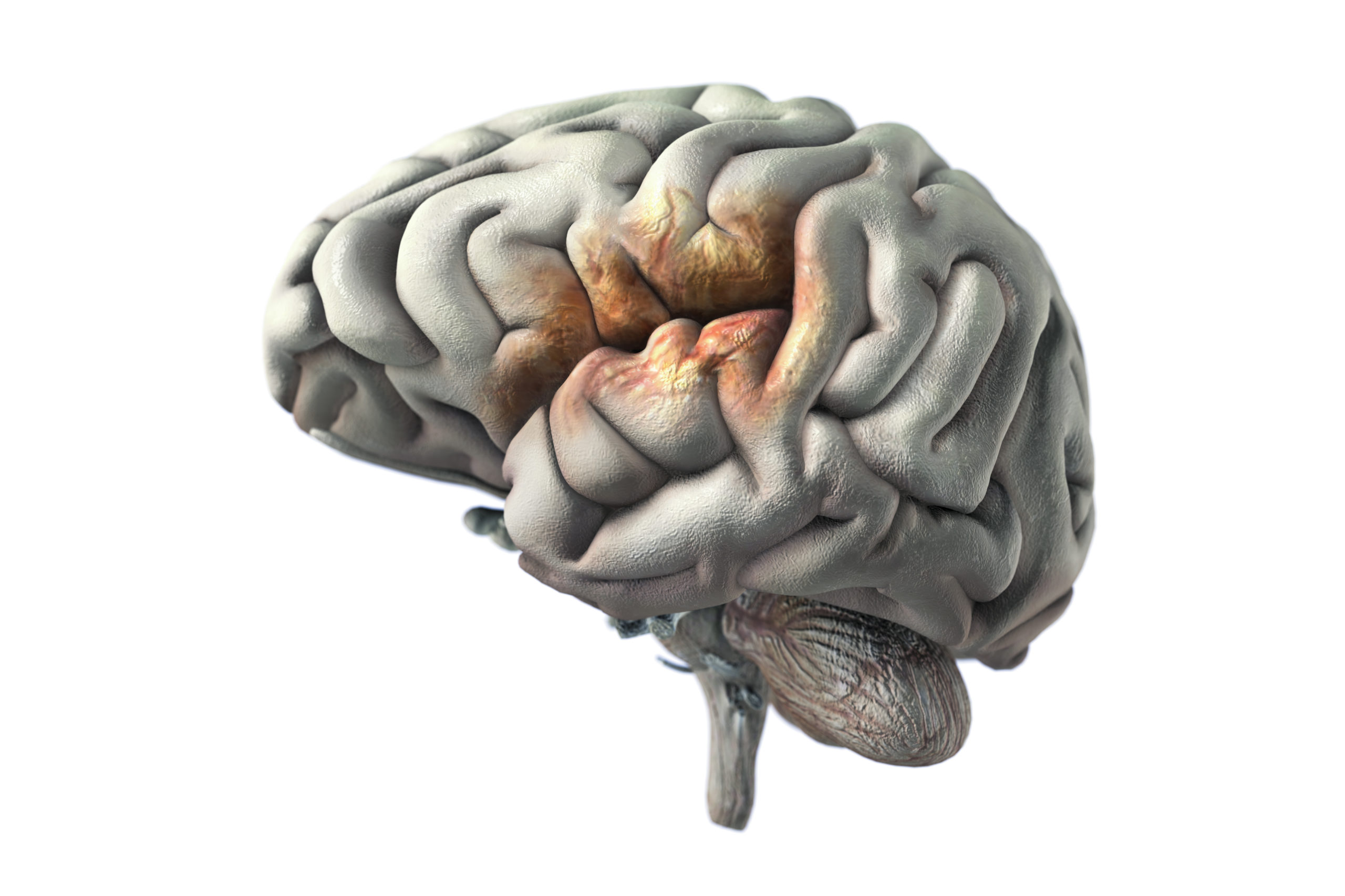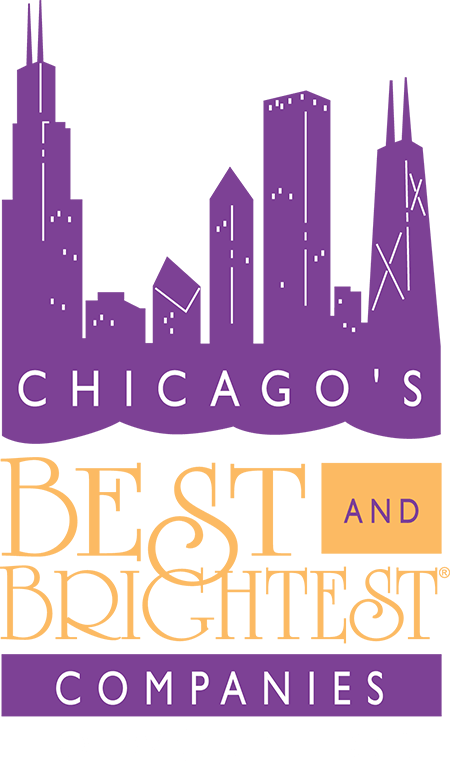Strokes can be deadly. Advances in medicine give doctors new tools to limit the possible debilitating effects of stroke. In the article “Time is Brain,” co-authored by Kevin G. Burke, the authors consider recent advances in technology and medical care in treatment of strokes and how these changes have raised the standard of care a stroke victim should receive. The authors of the article make the important point that these advances are much more successful when a stroke diagnosis is made soon after symptoms appear. When a patient arrives at the emergency room with any possible signs or symptoms of stroke, the authors argue that doctors should pursue all possible diagnoses-even when those symptoms could also point to something else-because time is critical when it comes to treating stroke. This is true both for the catastrophic effects of a stroke, and the proper use and effectiveness of new interventions. Because doctors better understand not only these new treatments, but the usefulness of more well-established ways to treat stroke, the authors describe what the standard of care of stroke treatment should entail.

“Non-hemorrhagic” strokes occur much more frequently. These strokes, also called “ischemic strokes,” occur when a blood clot develops in a blood vessel, where it either slows or stops blood flow, or breaks loose and moves from one location to another, stopping or limiting blood flow beyond the clot. Non-hemorrhagic stroke accounts for 80-85% of all strokes.
Stroke Symptoms-“the 5 Ds”
Symptoms of stroke may also present as symptoms of other illnesses or diseases a patient may also have. Symptoms of a stroke in the back of the brain are often referred to as “the 5 Ds,” and include:
- Dysarthria-slurred speech
- Dizziness
- Dysphagia-difficulty swallowing
- Dystaxia-imbalance
- Diplopia-double vision
The authors suggest that even if the patient has another sort of condition that could cause one or more of these symptoms, it is important for doctors not to rule out stroke too quickly. Doing so, the authors argue, closes an important window for use of certain successful treatments that limit damage to the patient if the patient is suffering a stroke.
Small strokes can occur and can be tricky to diagnose. Sometimes a person might experience symptoms from a period of reduced blood flow to the brain, but that resolves itself before damage is done, often without leaving a trace. These temporary effects of reduced blood flow are called “transient ischemic attacks” or TIAs. TIAs are sometimes called “mini strokes,” and might last less than twenty minutes, might end before a person with symptoms can get to a doctor, and are typically unable to be detected on a CAT scan or MRI. While relatively benign on their own, a person suffering such temporary, less serious events has an increased risk for stroke for the next 48 hours. The authors state that 10-15% of people who suffer full blown stroke experienced a TIA before the more significant event. The authors see this 48 hour window as key to a stroke sufferer’s better outcome. The authors note that during this 48 hour window, doctors have the best chance to evaluate and treat these patients. A doctor’s decision not to act during this 48-hour window could be negligence by the physician.
The authors describe three new, effective interventions to treat stroke that are determined safe and effective within certain time frames from onset of stroke. Intravenous tissue plasminogen activator, or “IV tPA,” is one such treatment. While this treatment-often described as “clot buster” medicine-has been known for years, the authors note that what is new about this treatment is the time period in which it can be used effectively. For some time after tPA was identified as a treatment for stroke, physicians believed it was safe to use tPA only within a three-hour window from onset of the symptoms of stroke. Since 2009, however, doctors believe tPA is known to be safe and effective if administered within 4.5 hours of the initial onset of symptoms. The authors note, however, that even with this expanded window of opportunity, still less than 5% of viable candidates for IV tPA receive the treatment in the emergency room.
Another stroke treatment is “intra-arterial thrombolytic therapy.” Intra-arterial thrombolytic therapy uses the same “clot buster,” tPA, though this approach is much more focal and precise. This therapy is an important tool in helping stroke victims. The tPA drug is administered through a catheter guided through the patient’s arteries to the area where the clot is obstructing blood flow to the patient’s brain. Importantly, this treatment may be used effectively throughout a larger window of time than IV tPA.
Last, another method of treatment is Endovascular Mechanical Extraction. Like intra-arterial tPA, this treatment involves use of a mechanical device advanced to the problem area using a catheter. The device is then used to physically grasp and extract the clot that is blocking blood flow. This treatment has an even larger window of opportunity after initial onset of stroke symptoms than either IV or intra-arterial tPA.
The authors stress that it is of highest importance for strokes to be quickly identified so that these treatments may be used, and harm from stroke can be minimized. They argue for a standard of care that will assist stroke victims to suffer as few debilitating effects as possible, and advocate that this standard of care should require healthcare providers to:
- Consider a diagnosis of stroke, even when other conditions exist that could cause stroke symptoms.
- Consider risk factors for stroke in patients with possible symptoms of stroke.
- Admit the patient for observation, CT scans, neurologic evaluation, a search for source of emboli and decision about proper medication when a TIA was possible.
What to Do If Doctor Is Negligent?
But what happens if doctors are negligent, and a stroke victim suffers great harm because of a doctor’s decision in treatment? The authors go on to describe how a plaintiff should proceed should a person suffer a stroke and debilitating effects linger because of physician error or negligence.
According to the article, the standard of care physicians owe stroke patients can be violated if a physician or neurologist does not diagnose stroke as the cause of the patient’s symptoms. A doctor can also be negligent if the proper diagnosis is made, but does not give the treatment known to be effective in stroke.
The authors explain that while a defendant doctor may argue that these treatments are not FDA-approved, the standards of care are routinely set by physicians and not the FDA. The authors note it will be key for a plaintiff’s case to hire a physician expert to testify it is the medical community-and not the FDA-that truly sets this standard. This expert can further explain that literature supports the plaintiff’s claim for standards, and that the FDA’s own pronouncements do not set the standard of care for medical practice. The authors note that after all, whether a particular drug or therapy should be used on a patient is a determination made by physicians, not the federal government.
The authors note that many jurisdictions allow for recovery under a legal theory called the doctrine of “Lost Chance.” Where a stroke victim claims he suffered harm because he was not treated properly, the “Lost Chance” doctrine might allow him to be compensated for his harms and losses, even when it is uncertain whether treatment would have been successful. The “Lost Chance” doctrine allows for money damages, even if their chances for success from that treatment were not overwhelming. For example, a stroke victim may still recover some damages when his treatment did not include any of the three innovative treatments described even because it was unlikely use of one of them would have reduced his risk for long term disability.
Attorney Burke presents a well-researched article on stroke, stroke treatment, and the standard of care someone possibly suffering a stroke should receive. Well versed in medical malpractice in the area of stroke, he presents a cogent plan for suit should negligence occur in treatment of stroke.













